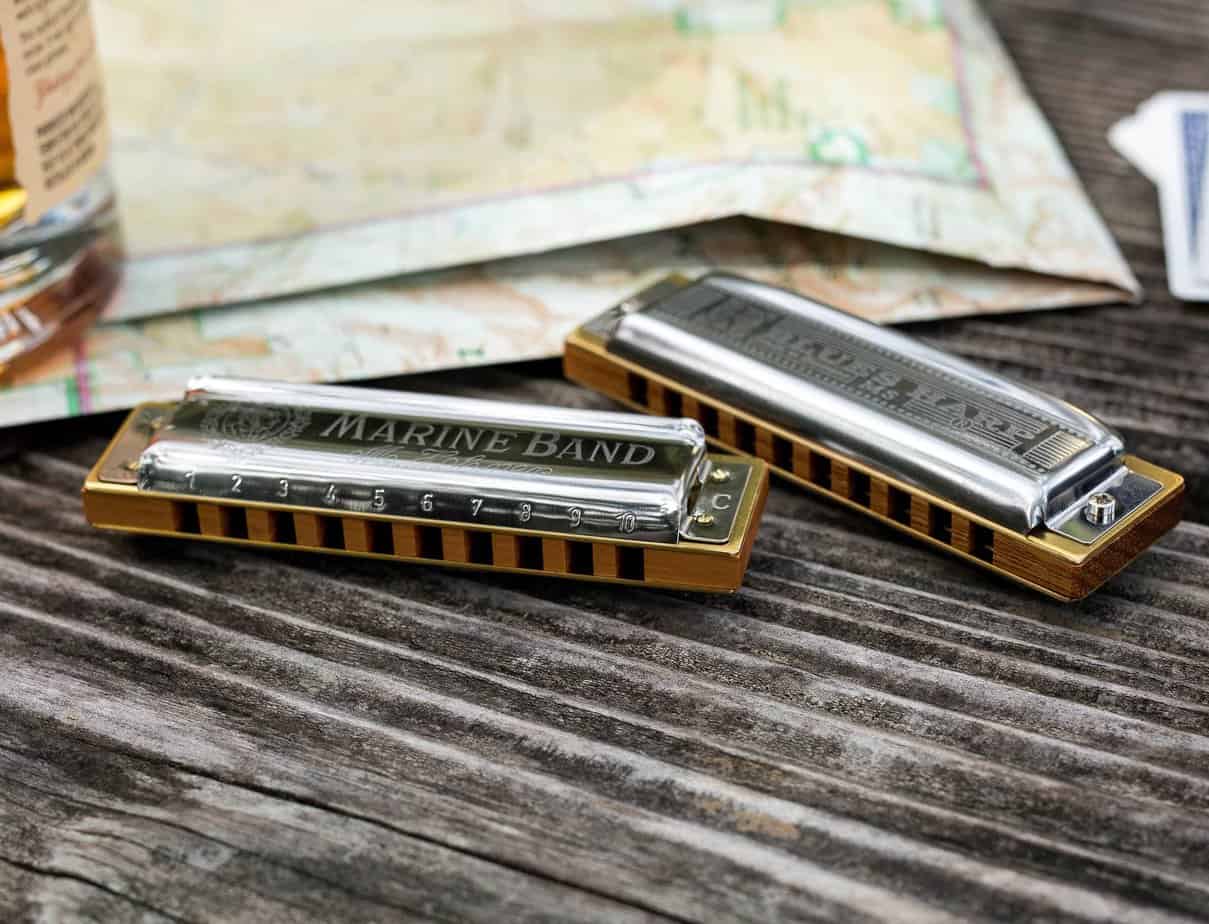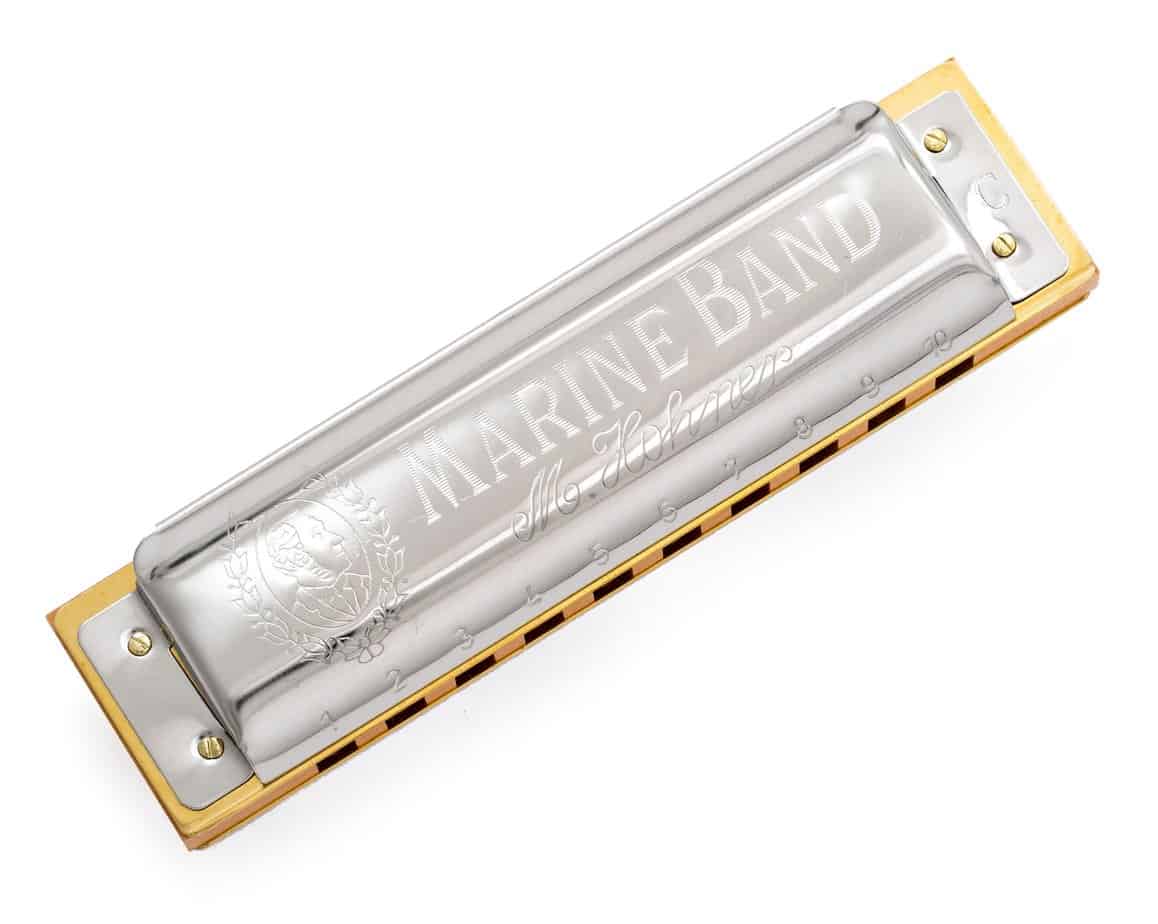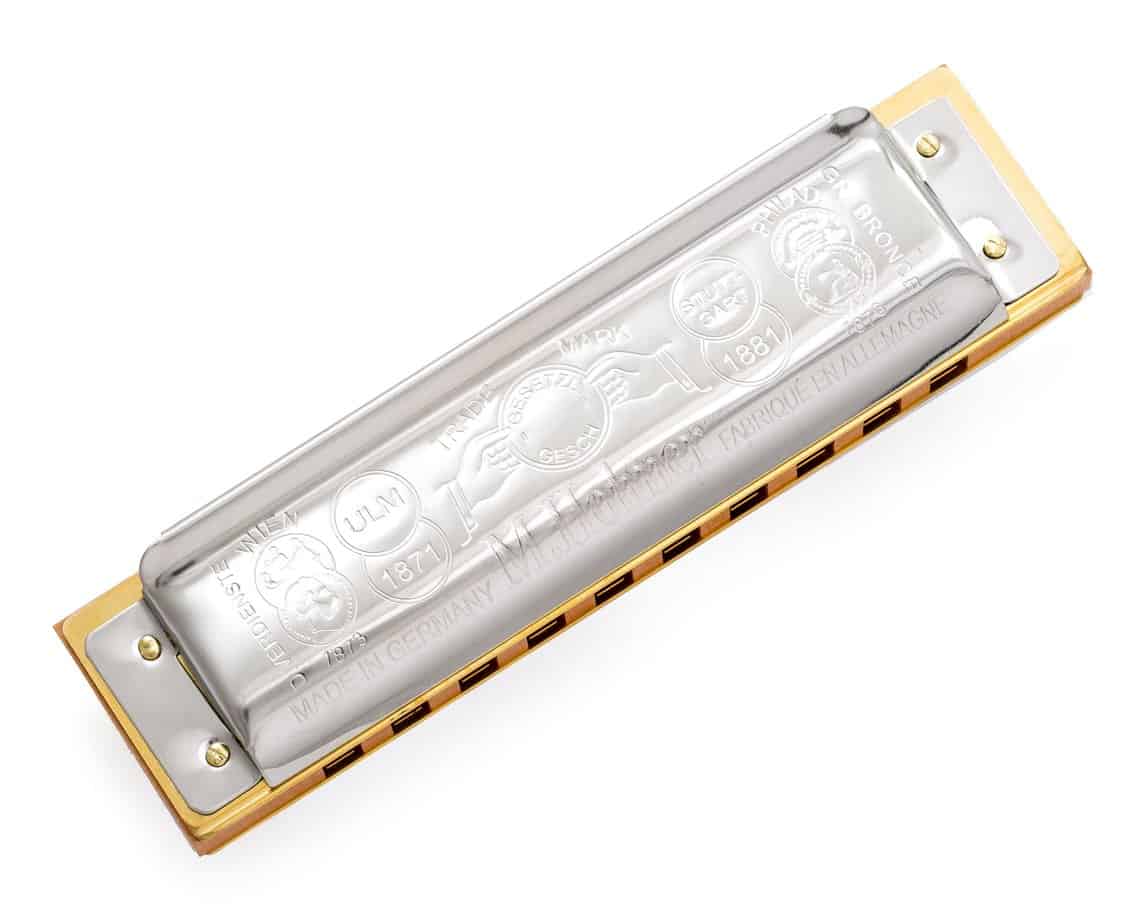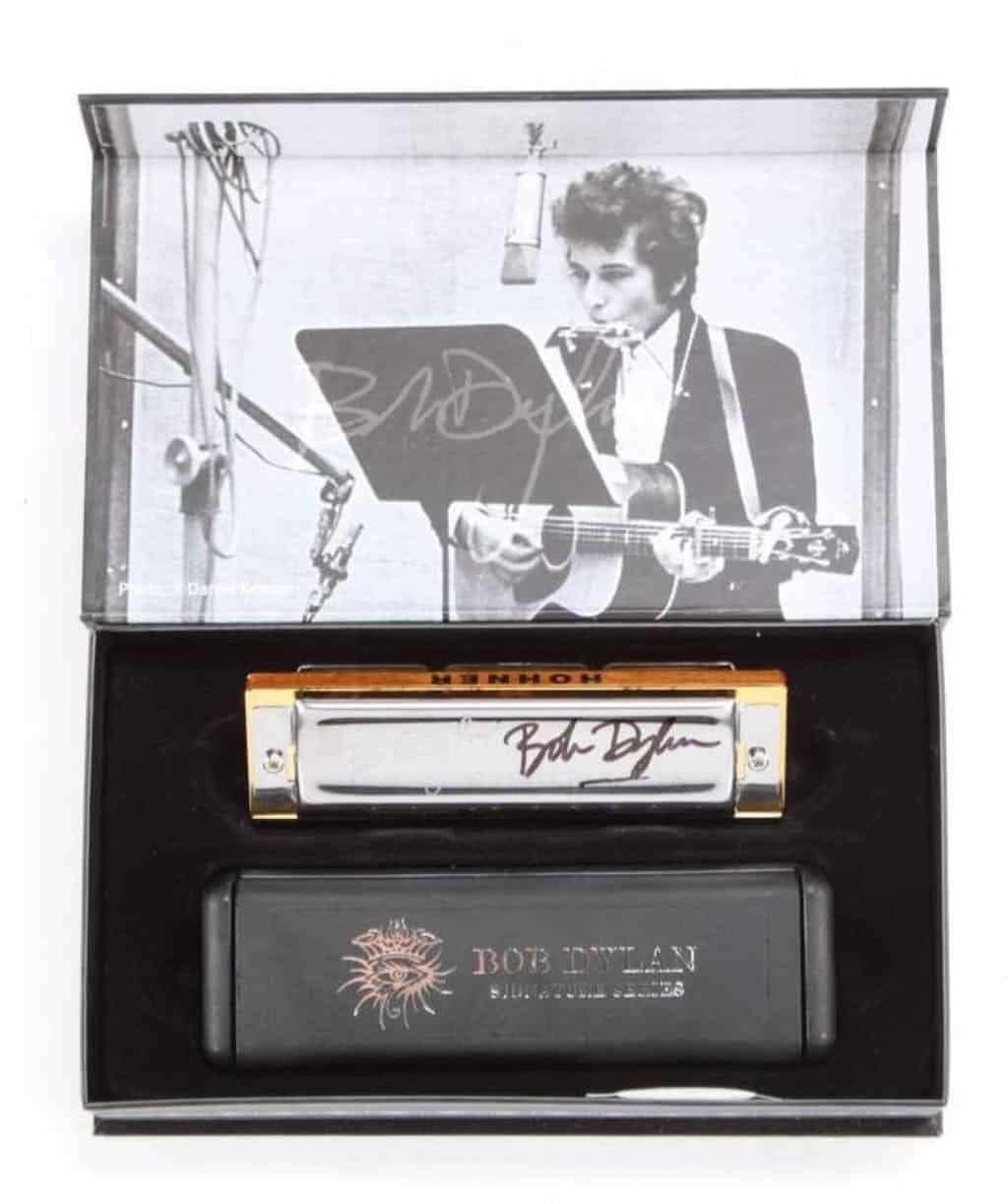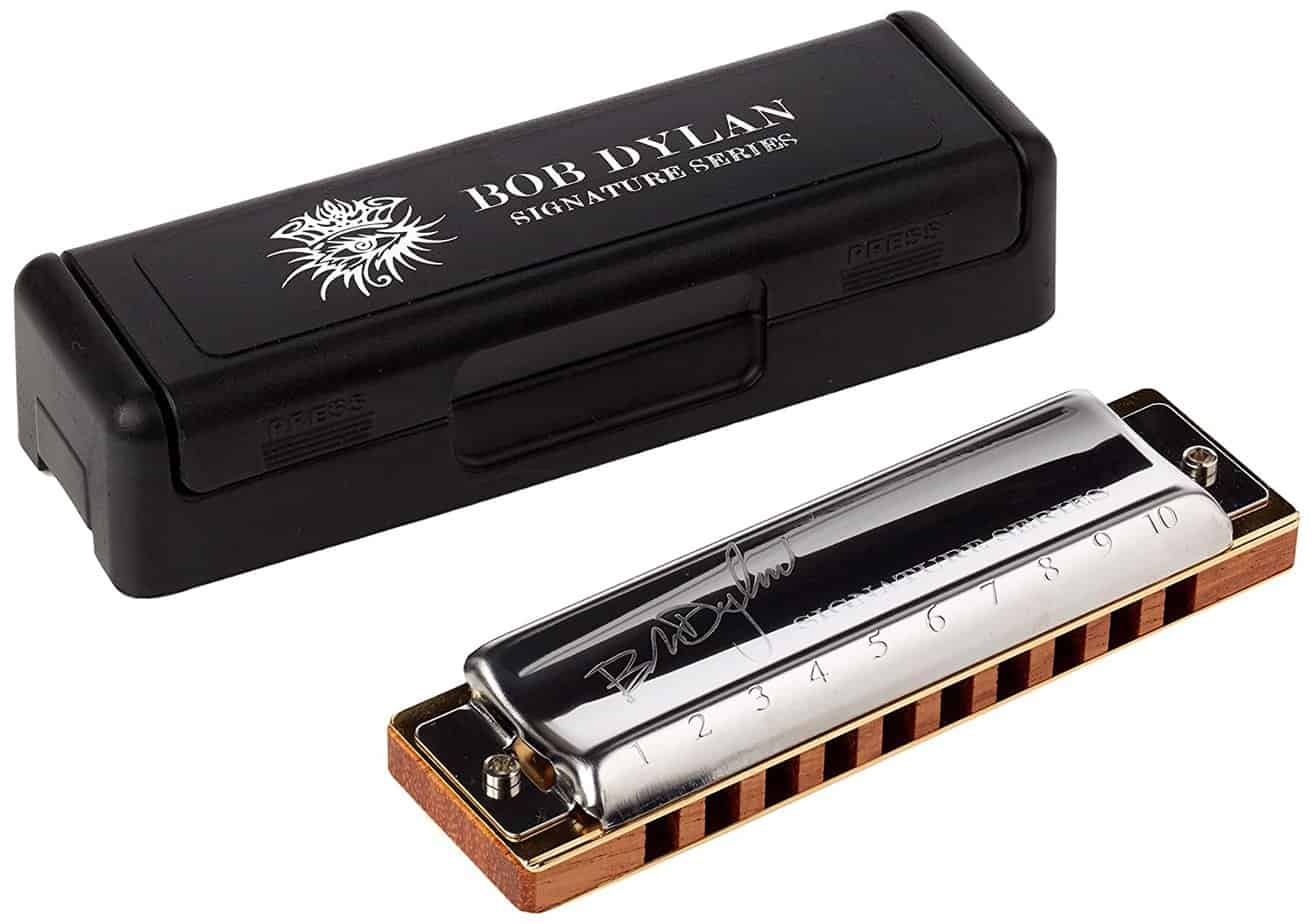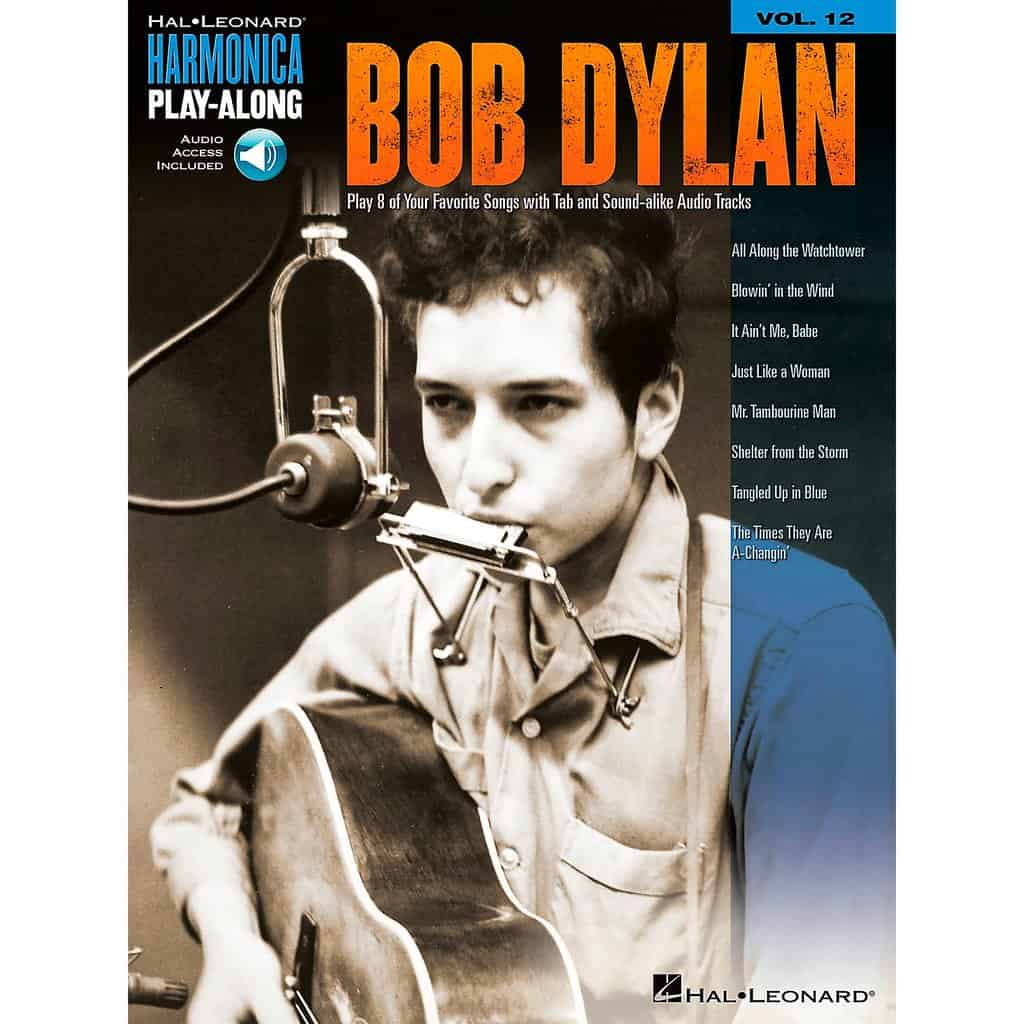As a fan of Bob Dylan, I’ve always been intrigued by the sound of his harmonica playing. I often wondered what kind of harmonica he used to create his signature sound. So, I set out to uncover the secret: what kind of harmonica did Bob Dylan play? In this article, I’ll explore the different harmonicas that Dylan used over the years and the different techniques he employed to create his unique sound.
Background of Bob Dylan
| Name | Robert Allen Zimmerman |
|---|---|
| Born | May 24, 1941 (age 79) |
| Origin | Duluth, Minnesota, U.S. |
| Genres | Folk, blues, rock, country, gospel, jazz |
| Occupation(s) | Singer-songwriter, musician, author, poet, artist |
| Years active | 1959–present |
Bob Dylan is an American singer-songwriter, author, poet, and visual artist who has been a major figure in popular culture for more than fifty years. Much of his most celebrated work dates from the 1960s, when he became an informal chronicler and a reluctant figurehead of social unrest. A number of his songs, such as “Blowin’ in the Wind” (1963) and “The Times They Are a-Changin’ (1964), became anthems of the anti-war and civil rights movements and he has been a major voice in American culture for more than five decades.
Overview of Harmonicas
- Harmonicas are small rectangular instruments that are held in the mouth and played by inhaling and exhaling through the instrument.
- Harmonicas come in many varieties, including diatonic, chromatic, tremolo, and octave harmonicas.
- Diatonic harmonicas are the most commonly used type, and are often referred to as blues harps.
- Chromatic harmonicas are used for more advanced playing, and can play all 12 notes of the chromatic scale.
- Tremolo harmonicas produce a vibrato effect by having two reeds per note, one tuned slightly higher than the other.
- Octave harmonicas are designed to produce two notes an octave apart from each other, allowing for a wider range of expression.
Compare Professional Harmonicas
Bob Dylan’s Music and Harmonica Use
Bob Dylan is widely known for his harmonica playing, as he has been playing the instrument since the beginning of his career. He is most often seen playing a Hohner Marine Band harmonica, in the key of C. He has also used a Hohner Special 20, and a Hohner Golden Melody in the key of A.
| Harmonica | Key |
|---|---|
| Hohner Marine Band | C |
| Hohner Special 20 | A |
| Hohner Golden Melody | A |
Dylan is known for his bluesy harmonica sound, and has been praised for his skill with the instrument. He has used the harmonica for a variety of musical styles, from folk to rock and roll. He has also used it to create unique soundscapes, such as in his song “The Times They Are A-Changin'”.
In addition to playing the harmonica, Dylan has often used the instrument as a vocal accompaniment. He has used the harmonica to add texture to his songs, such as in “Like a Rolling Stone” and “Blowin’ in the Wind”. He has also used the harmonica as a melodic instrument, often playing intricate melodies and solos.
Dylan is an influential figure in modern music, and his use of the harmonica has been an important part of his overall sound. He has inspired generations of musicians, and his harmonica playing remains a hallmark of his style, as evident in many of his songs.
Types of Harmonicas Used by Bob Dylan
Bob Dylan was known to make use of the harmonica during his live performances, recordings, and jam sessions. He was known to use various types of harmonicas in different keys. His most commonly used harmonicas were the Hohner Marine Band, Hohner Crossover, Hohner Special 20, Hohner Big River, and Hohner Blues Harp. He also used the Suzuki Manji and the Hering Little Lady in some of his recordings. Dylan was known to play a variety of different keys and tunings, including C, A, G, D, and E. He was also known to use alternate tunings such as the Country Tuning and the Blues Tuning. In addition to the standard diatonic harmonicas, Dylan also used chromatic harmonicas for some of his recordings.
Bob Dylan’s Preferred Harmonica Brands
Bob Dylan is one of the most influential musicians of the 20th century. He is known for his skillful use of the harmonica, which he has been playing since the early 1960s. While Dylan had experimented with various brands of harmonicas, he has been known to prefer certain brands, such as Hohner, Suzuki, and Seydel.
Hohner harmonicas are the most widely used and well-known brand of harps. Dylan has been known to use the Hohner Marine Band 1896 and the Big River Harp models due to their quality tone and ease of use.
Suzuki harmonicas have been used by Dylan since the late 1960s. He has been known to use the SU-21 and SU-26 models due to their unique sound and wide range of notes.
Seydel harmonicas are known for their high-quality construction and precise tuning. Dylan has been known to use the Seydel Solist Pro model for its clear and bright tone.
Overall, Dylan has been known to favor harmonicas from these three brands due to their quality and sound. He has also been known to use vintage harmonicas from other brands as well.
Harmonica Techniques Used by Bob Dylan
Bob Dylan is renowned for his ability to play the harmonica. He often uses a variety of techniques – both traditional and unique – to bring his music to life. Dylan’s harmonica playing incorporates various techniques, such as single note melodies and multiple note runs, tongue blocking, chromatic scales, tremolo, vibrato and bending. These techniques are often used in combination with each other in order to create complex and interesting harmonica solos.
Single note melodies are typically used to provide the main melody of a song. This technique is performed by blowing and drawing air through the harmonica in order to produce individual notes. Multiple note runs are performed by quickly playing a series of notes in succession, often in an ascending or descending order. These are usually used to add a more complex sound to the melody.
Tongue blocking is a technique used to produce multiple notes at the same time. This technique is performed by using the tongue to cover several of the holes on the harmonica, creating a chord-like sound. Chromatic scales are used to play a full range of notes, typically spanning two or three octaves. This technique is often used to add a more dramatic sound to a song.
Tremolo is a technique used to create a wavering sound. This is performed by quickly alternating between two notes, creating an oscillating sound. Vibrato is performed by playing a single note and then quickly raising and lowering the pitch of the note, giving it a vibrating quality. Bending is a technique used to raise or lower the pitch of a single note. This technique is often used to create a more expressive sound.
Bob Dylan’s use of harmonica techniques has allowed him to create unique and memorable songs. His ability to combine traditional and unique techniques has resulted in some of the most iconic songs of all time.
Bob Dylan’s Notable Harmonica Performances
Bob Dylan’s harmonica playing is one of the signature sounds of his music. He has incorporated the harmonica into many of his songs, and his playing style, which often involves improvisation, has been emulated by many other performers. Here are some of Bob Dylan’s most notable harmonica performances.
“Like a Rolling Stone” (1965): Dylan’s iconic performance of this song on the harmonica, combined with his raw vocal delivery, has become one of the most recognizable sounds in popular music.
“Blowin’ in the Wind” (1963): This song has been covered by hundreds of artists, but Dylan’s original version stands out due to its impassioned harmonica solo.
“Mr. Tambourine Man” (1964): Dylan’s harmonica playing on this song is often overshadowed by the lush electric instrumentation of the Byrds’ cover version, but his solo is still noteworthy for its melodic phrasing.
“Subterranean Homesick Blues” (1965): Dylan’s harmonica playing on this track is often credited as the inspiration for many of the “rap” songs of the late 1960s and 1970s.
“Maggie’s Farm” (1965): Dylan’s harmonica playing on this track is often cited as a precursor to the blues-rock sound of the late 1960s.
“Positively 4th Street” (1965): Dylan’s harmonica playing on this track is one of his most aggressive performances, and is often credited as the inspiration for many punk and grunge songs of the late 1970s and early 1980s.
“Knockin’ on Heaven’s Door” (1973): Dylan’s harmonica playing on this track is often cited as an example of his mastery of the instrument, particularly his ability to create melodic phrases with few notes.
Harmonica Gear Used by Bob Dylan
| Harmonica Type | Brand | Key |
|---|---|---|
| Marine Band | Hohner | G |
| Blues Harp | Hohner | F |
| Special 20 | Hohner | A |
| Chromatic | Hohner | C |
Bob Dylan is known for his harmonicas and he has been seen playing many different types of harmonicas over the years. He mainly plays Hohner harmonicas, and his favorite types are the Marine Band, Blues Harp, Special 20 and Chromatic models. His preferred keys are G, F, A and C. He also plays other brands such as Suzuki, Lee Oskar and Seydel. He often mixes and matches different models and keys to get the desired sound.
Frequently Asked Questions
What kind of harmonica did Bob Dylan play?
Bob Dylan predominantly played a Marine Band harmonica in C, which is a standard diatonic model. He also played a few chromatic harmonicas and a model known as the Echo Celeste. He typically played in the key of A or D major, but also switched to other keys when necessary.
Why did Bob Dylan Begin Playing the Harmonica?
Bob Dylan began playing the harmonica as a form of self-expression and as a way to distinguish his style of folk music from other artists. He incorporated the harmonica into his performances, which gave his music a unique sound that was unlike anything people had heard before. He also used the instrument to create solos, which often served as a highlight of his concerts. Dylan’s mastery of the harmonica has since become legendary and has been credited with inspiring a generation of musicians.
What techniques did Bob Dylan Use When Playing the Harmonica?
Bob Dylan used a variety of techniques on the harmonica, such as chordal playing, single-note playing, and vibrato. He often employed a range of fingerings to create different sounds, as well as using different tunings to achieve a more varied tone. He was also known for experimenting with a variety of harmonica effects such as overdrive, distortion, and echo. Dylan also combined his harmonica playing with his singing for a unique sound.
How did Bob Dylan’s harmonica playing style develop over time?
Bob Dylan’s harmonica style evolved over the years, from a bluesy, folk-influenced style to a more modern, jazzy style. In the early days of his career, Dylan used a diatonic harmonica, which he played in a single-note style, often accompanied by his acoustic guitar. As his career progressed, he began incorporating more complex techniques such as double-stops and chordal playing. By the mid-1960s, Dylan had started to experiment with chromatic harmonicas and had begun to incorporate more jazz-oriented techniques such as bending notes and playing melodies. In the 1970s, Dylan began to use the harmonica more prominently in his recordings, often playing it in a more melodic, soloistic style. He continued to refine his style over the years, and today, he is known for his unique and expressive approach to playing the harmonica.
What influence did Bob Dylan have on the harmonica playing of other musicians?
Bob Dylan’s influence on the harmonica playing of other musicians is undeniable. His unique style, which featured a mix of blues, country, folk, and jazz, inspired countless musicians to develop their own harmonica playing. Dylan’s use of the harmonica in his songs, as well as during his live performances, introduced the instrument to a broader audience and laid the groundwork for a new generation of harmonica players. Dylan’s influence can be heard in the playing of many modern harmonica artists, including Neil Young, Bruce Springsteen, and Bob Weir.
Conclusion
Bob Dylan played a Hohner Marine Band harmonica in the key of D for a majority of his songs. This harmonica was the standard for blues musicians during the 1960’s and is still considered the industry standard today. Dylan’s use of this harmonica helped define his distinct sound and he continues to be a major influence in the harmonica industry.

